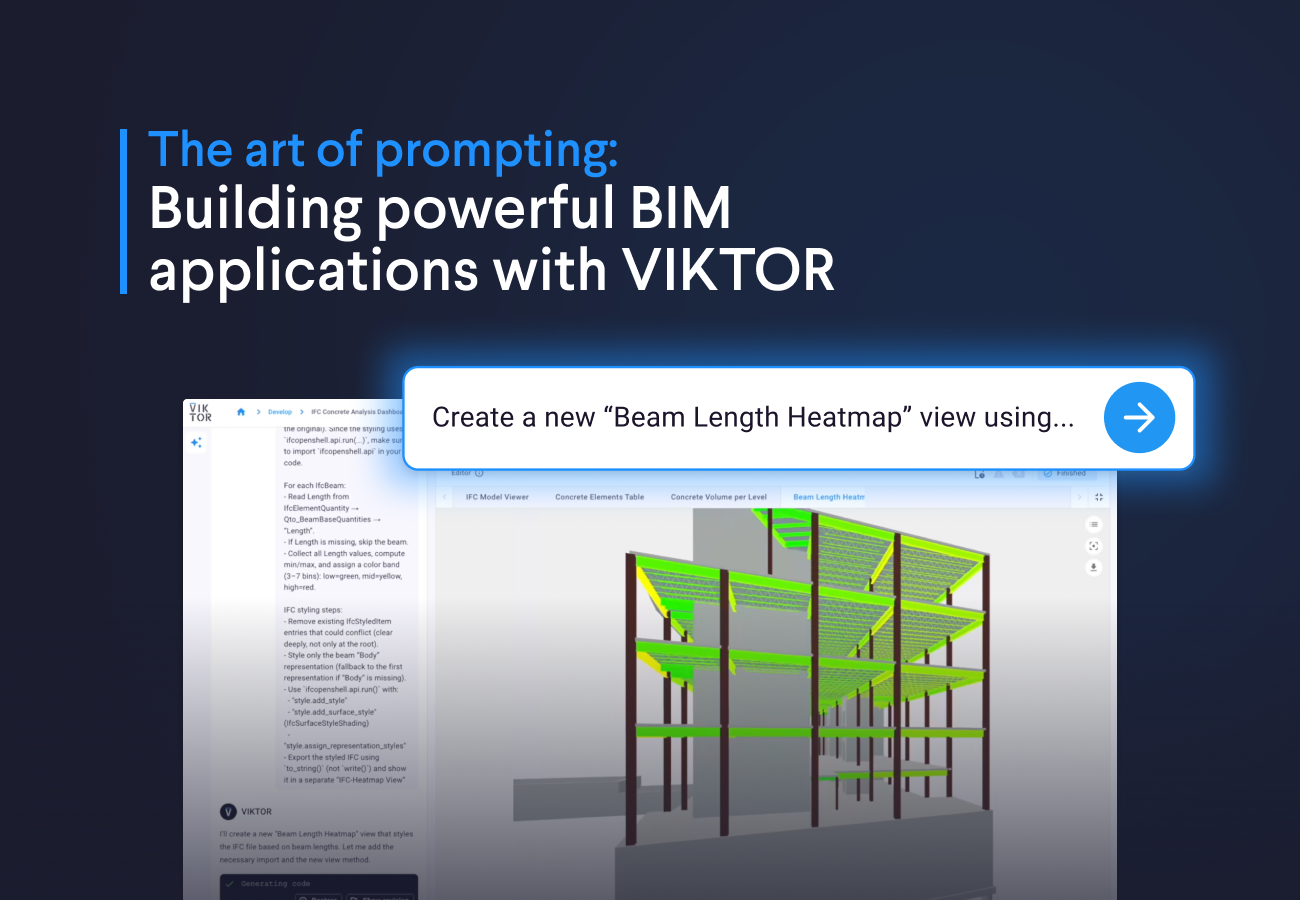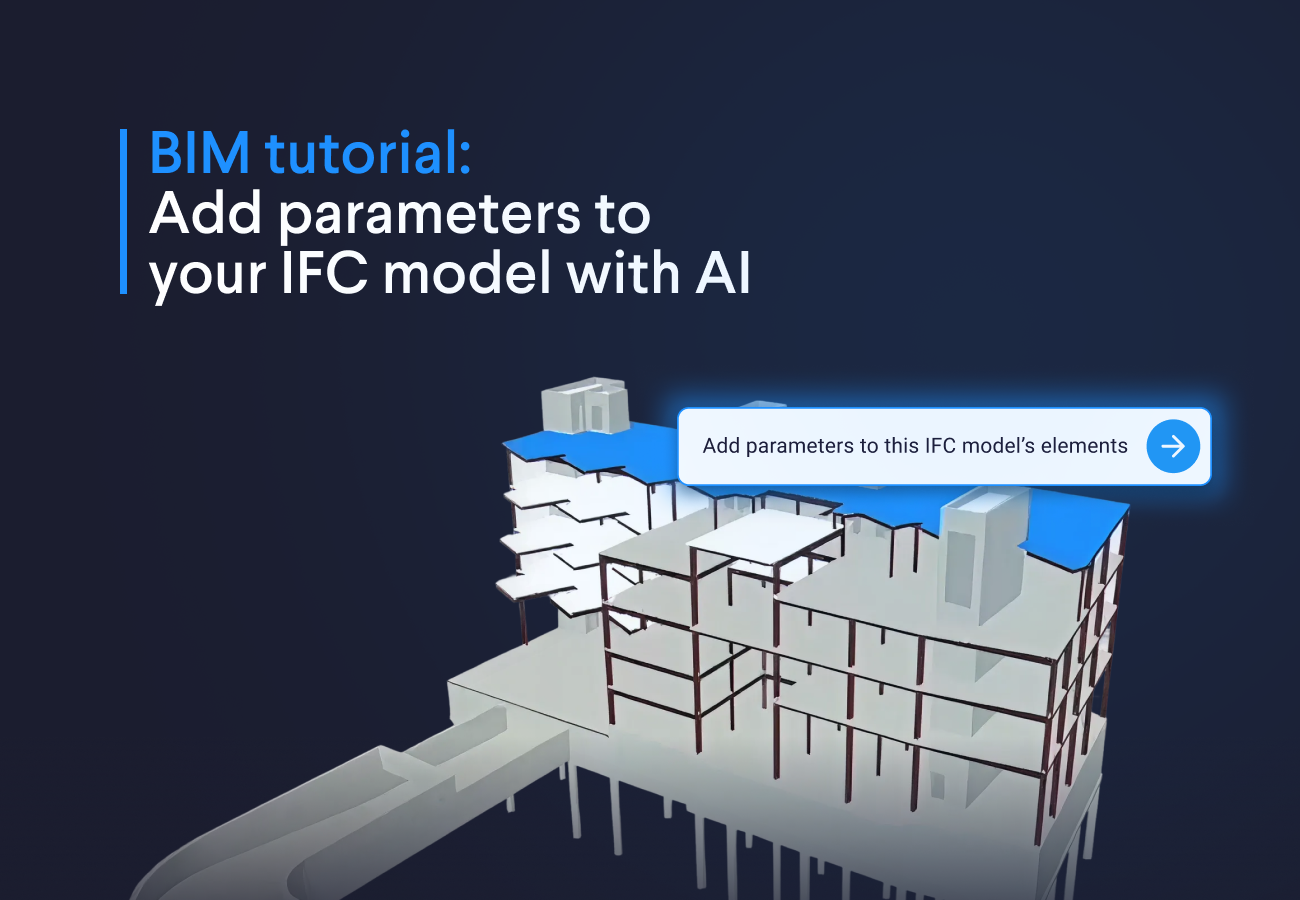July 04, 2024
UCODE24 Hackathon Recap!
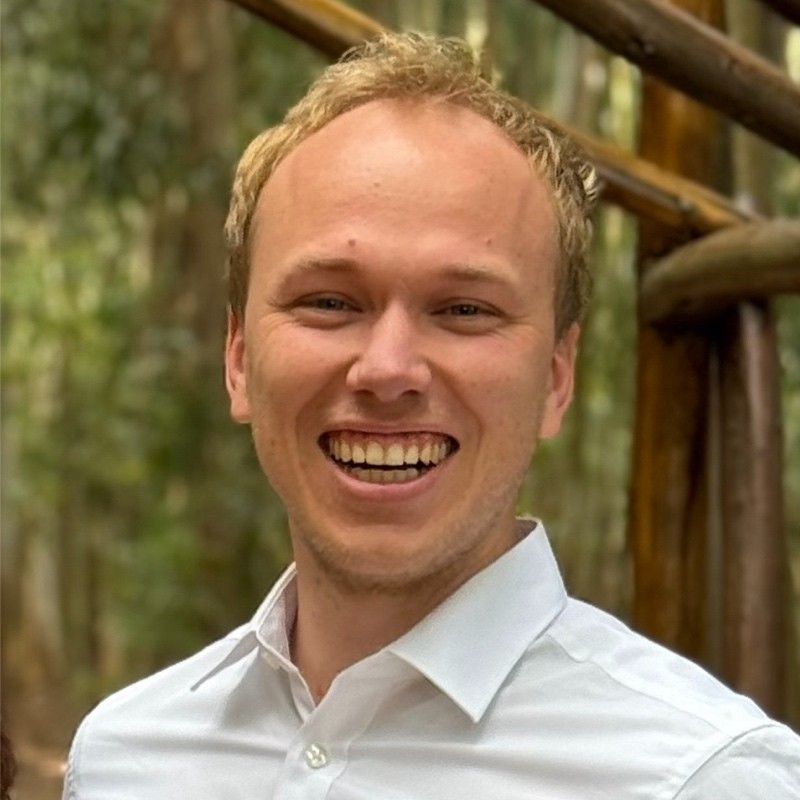
by Marcel Slootweg
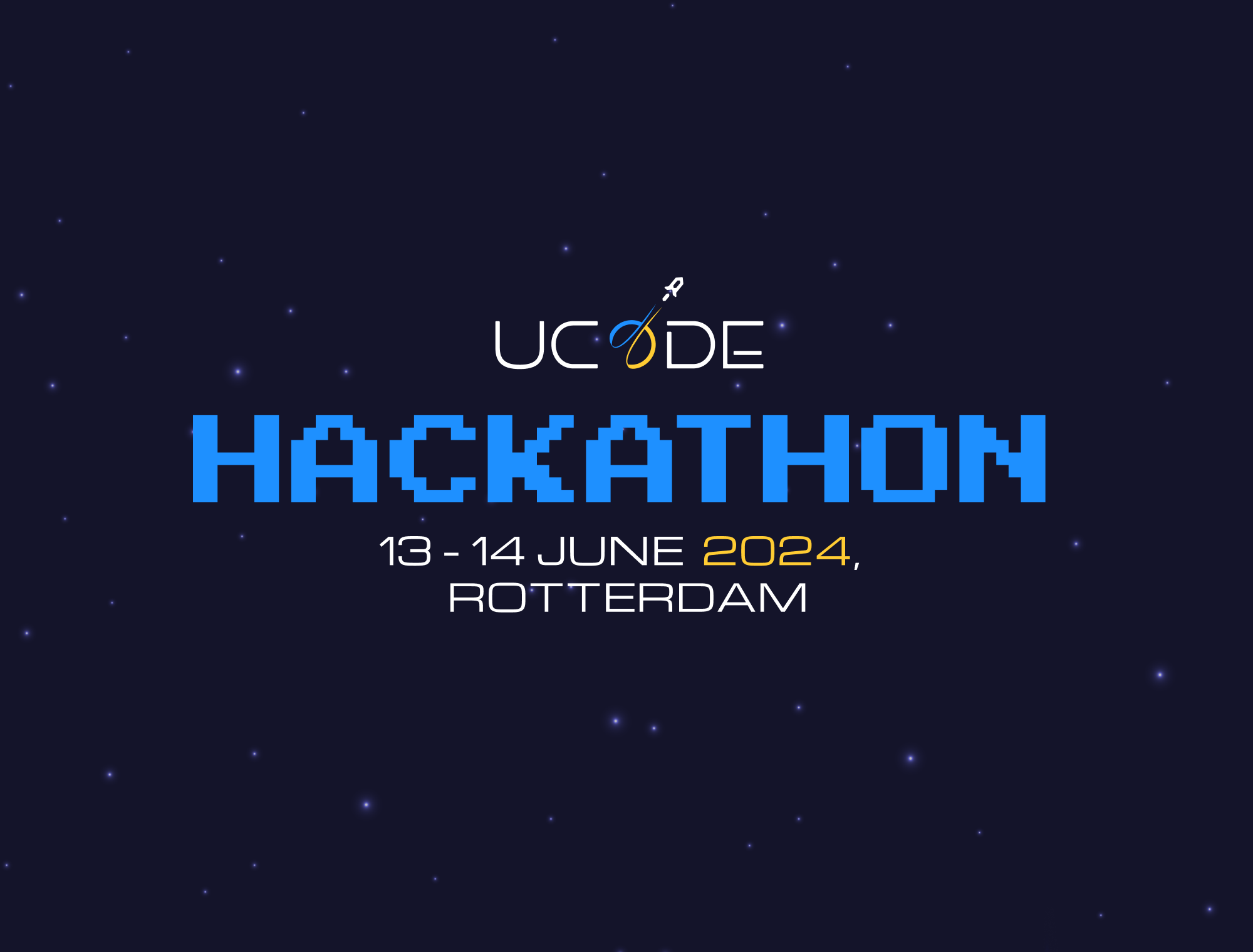
The hackathon kicked off with a lightning round where participants could pitch their ideas, leading to the formation of the teams. It was inspiring to see individuals from different disciplines and organizations come together for the first time and openly share their knowledge, expertise, and skills to reach a common goal. Hackathons are not just about competition; they’re about pushing boundaries, learning, and having fun! The projects tackled real problems, teams were happy to collaborate and share their developments.
After many hours of coding, pizzas, and some drinks we can proudly say that the UCODE Hackathon resulted in some very impressive hacks that we could only have dreamed of!
Let's take a closer look at the standout projects from UCODE24!
1. Talk to your model (Winner: Best Development)
Developed on the VIKTOR platform, this innovative app shows us how industry professionals can interact with complex 3D models through text.
At its core, "Talk to your model" enables users to seamlessly upload IFC files—a standardized format in the AEC industry—and extract comprehensive insights. The app uses advanced algorithms to digest and summarize key information embedded within these files. Through integration with ChatGPT's API, the extracted data is processed into JSON format, helping structured analysis and interpretation.
The app's capabilities extend beyond mere extraction. It pioneers the use of Shapediver technology to convert diverse 3D models into gLTF format, enhancing compatibility and accessibility across different platforms. This integration not only simplifies the visualization of complex architectural and engineering designs but also ensures smooth interoperability with other digital tools and environments.
By using AI-driven parsing capabilities, "Talk to your model" empowers architects, engineers, and construction professionals to delve deeper into their project data using simple questions. It helps faster decision-making, supports detailed design reviews, and optimizes project workflows with unprecedented efficiency.
Truly an awesome development!
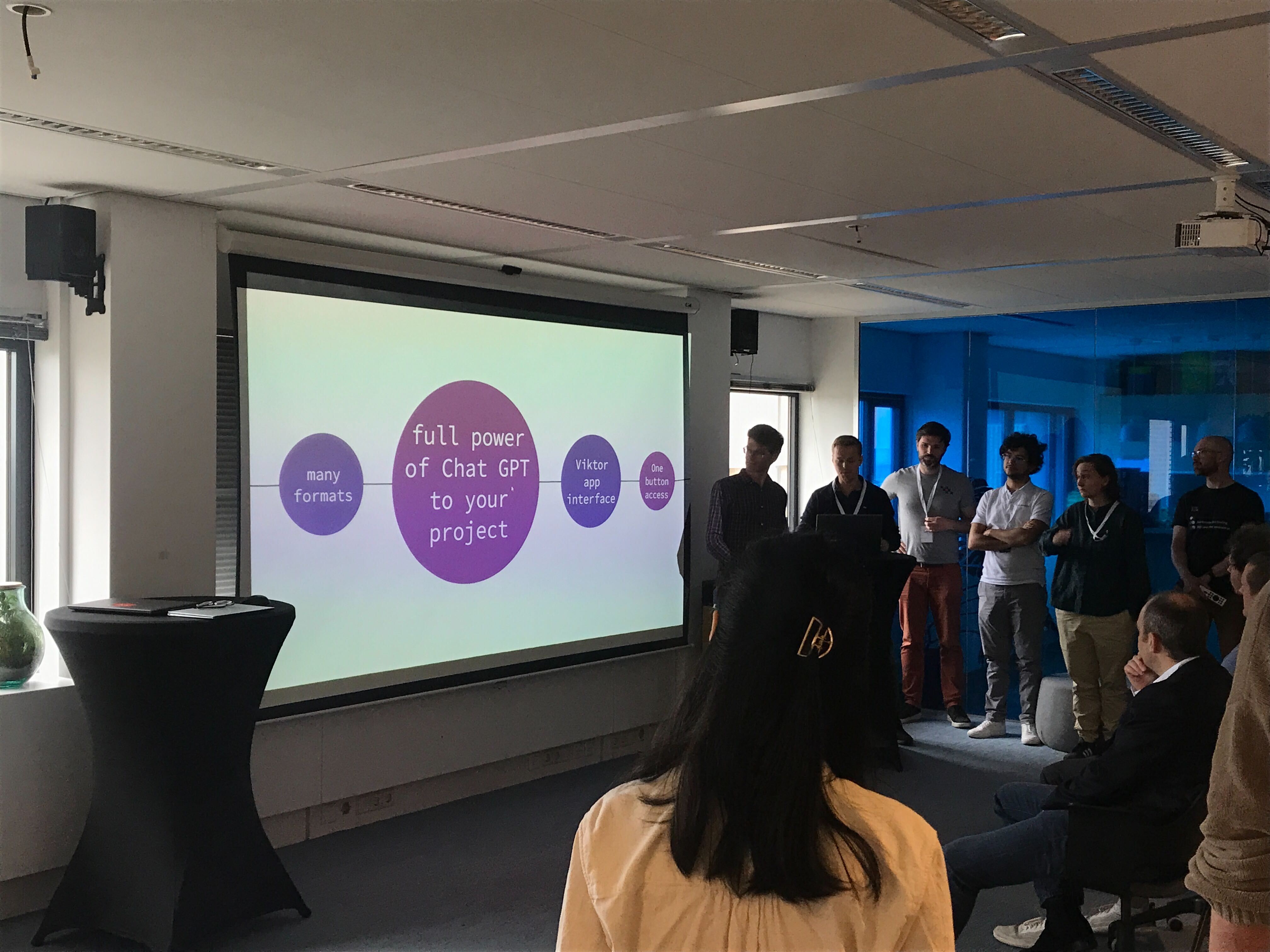
2. PushPull (Winner: Best Collaboration)
Developed using VIKTOR's new Revit plugin capabilities, this app bridges the gap between design and optimization, enhancing project efficiency and collaboration.
PushPull simplifies the exchange of data between Revit and VIKTOR platforms. Users can effortlessly push a Revit model to VIKTOR, where they can interactively select beam elements for optimization. This streamlined workflow ensures that design modifications and structural enhancements are executed with utmost precision and efficiency. This streamlined process ensures that design modifications and structural enhancements are implemented with precision and efficiency.
It was very impressive to see the team foster collaboration across diverse disciplines within the AEC industry. Team members from various backgrounds contributed their expertise to not only develop a robust Revit plugin for data extraction but also create a companion app within VIKTOR. This comprehensive approach allows engineers and designers working with BIM in Revit to collaborate effectively, making the most of each other's strengths. Congrats!
3. NOAH (Winner: Best Adoption)
NOAH integrates Nelen Schuurmans' renowned 3Di and Lizard software with VIKTOR, offering comprehensive insights and actionable data for environmental management.
The app empowers users to select specific geographic areas on a map and simulate various environmental scenarios, such as rainfall events. By leveraging 3Di and Lizard's sophisticated modeling capabilities, the application generates detailed maps illustrating water height changes and gives actionable advice tailored to local stakeholders.
Part of NOAH's success is its forward-thinking adoption strategy. Adoption is essential when making impactful tools and the team vision extends beyond the hackathon, thinking about implementations and future uses of the technology a what defines the value of a tool.
Congratulations to the NOAH team for their visionary approach and dedication to advancing geohydrological modeling capabilities.
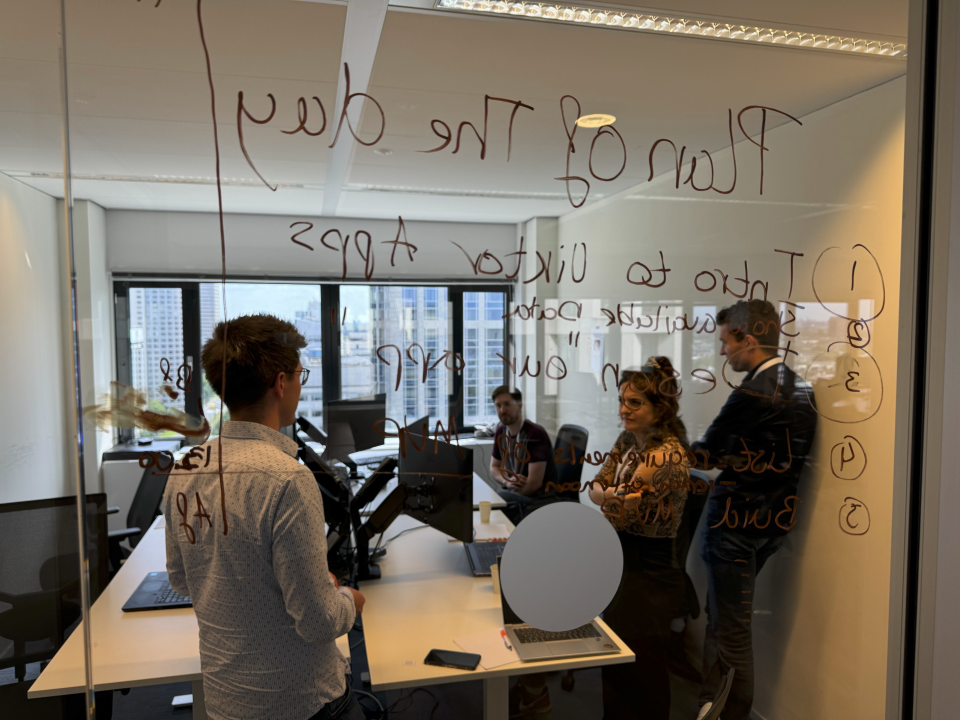
4. Peakbusters
Peakbusters facilitates a detailed analysis of how different configurations of energy production systems impact peak loads on grid connections. By inputting specific parameters, users can predict the associated costs and optimize their energy infrastructure accordingly. This capability not only enhances operational efficiency but can also support strategic decision-making in energy management.
The application's ability to forecast grid connection costs aligns with sustainable energy practices, enabling stakeholders to maximize efficiency and minimize environmental impact. It integrates seamlessly with VIKTOR's platform, ensuring robust data processing and visualization to support informed energy infrastructure investments.
Peakbusters is more than just a predictive tool; it serves as a strategic asset for energy planners, facility managers, and policymakers!
5. Dike Heights
Dike Heights allows users to upload or select line segments representing dike trajectories on a map. Using geospatial data from AHN and other sources, the application generates detailed visualizations of current dike heights. It also identifies areas where maintenance or improvements are needed to meet target height specifications. By using multiple data sources, Dike Heights ensures accuracy in assessing dike conditions and planning necessary interventions. This capability is crucial for stakeholders involved in flood management and infrastructure maintenance, offering actionable insights to prioritize and optimize resource allocation.
6. inVIKTer
inVIKTer simplifies the traditionally labor-intensive process of analyzing borehole data. Users can upload PDF reports directly into the application, which then uses advanced parsing algorithms to extract numerical values. This automation ensures accuracy and efficiency in accessing crucial geological and geotechnical information. The extracted numerical values, such as soil properties and geological formations, provide a solid foundation for design decisions, site assessments, and construction planning. InVIKTer is a good example of a tool that not only accelerates data processing but also enhances the quality and reliability of engineering analyses.
7. CTC
CTC is a tool to make easier the complex task of catenary calculation, a crucial aspect of designing overhead cable systems in h substations. By inputting precise data on cable weight, mounting points, and other relevant factors, engineers can accurately determine cable tensions and ensure optimal ground clearance.
The application's capability to calculate cable parameters h the design and maintenance processes for h substation and it empowers engineers to make informed decisions about cable configurations, ensuring compliance with safety standards and operational requirements.
Performs precise catenary calculations for high-voltage substations, supporting engineering decisions with accurate data analysis.
8. Happy to be here :)
The application analyzes pricing data and market trends to predict the best times for purchasing construction materials. By leveraging data-driven insights, project stakeholders can identify periods when material prices are at their combined lowest, thereby maximizing cost savings and budget efficiency. Beyond cost savings, the tool promotes sustainability by encouraging efficient use of resources. By optimizing material procurement timelines, reduces waste and environmental impact associated with excess inventory or rushed purchases. Good job!
We are truly amazed by these creations made in less than 48 hours at the UCODE24 hackathon. Thank you everyone for attending, congratulations to our winners and a big shoutout to our 3 judges (Ruben Egbers, Consultant at VIKTOR, Jeroen Janssen CORE Studio UK Lead / Associate Director at Thornton Tomasetti and Mathias Höbinger Co-founder & CEO at ShapeDiver).
We hope to see our winners defend their titles, bring their friends to experience UCODE for themselves and all the familiar faces return next year!
